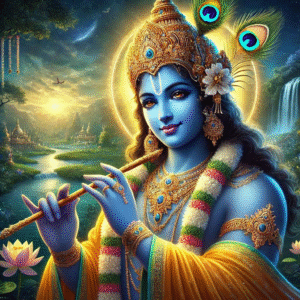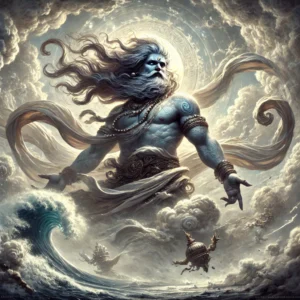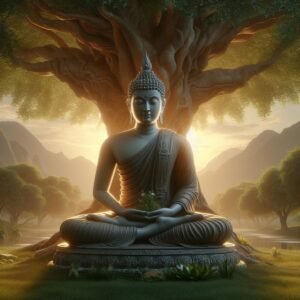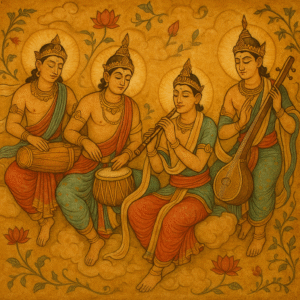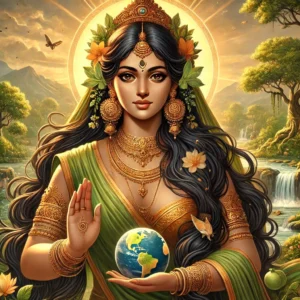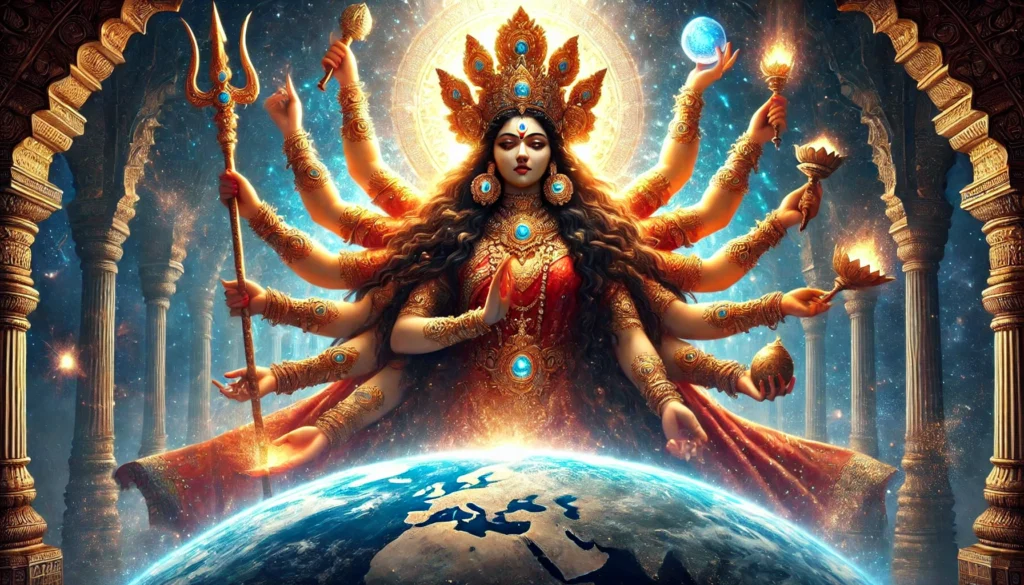
Chatra Navaratri and Sharad Navaratri: Differences Explained
Navaratri, the vibrant festival dedicated to the worship of Goddess Durga, is celebrated twice a year in India. These nine-day periods of devotion, festivity, and fasting are known as Chatra Navaratri and Sharad Navaratri. While both are significant and share common rituals, they have distinct differences based on timing, seasonal context, and cultural practices.
1. Timing and Seasonal Context
- Chatra Navaratri:
Chatra Navaratri falls during the spring season, in the Hindu lunar month of Chaitra (March-April). This festival marks the Hindu New Year in many regions of India, including states like Maharashtra, Andhra Pradesh, and Karnataka. - Sharad Navaratri:
Sharad Navaratri, the more popular and widely celebrated version, occurs in the autumn season, during the Hindu month of Ashwin (September-October). It culminates in Dussehra, commemorating Lord Rama’s victory over Ravana or Goddess Durga’s triumph over Mahishasura.
2. Religious Significance
- Chatra Navaratri:
This Navaratri is considered more spiritual and meditative in nature. It aligns with the harvest season and is deeply connected with nature and the arrival of spring, a time of renewal and rebirth. - Sharad Navaratri:
Sharad Navaratri has a stronger association with victory of good over evil. It is closely tied to epic tales from the Ramayana and the Devi Mahatmya, where Goddess Durga defeats the demon Mahishasura. This makes it a celebration of power, valor, and righteousness.
3. Regional and Cultural Observances
- Chatra Navaratri:
In regions like North India, this Navaratri is observed with simple prayers, fasting, and spiritual reflection. Special emphasis is given to Kalash Sthapana (Ghatasthapana), worshiping nine forms of Goddess Durga, and celebrating Ram Navami, the birthday of Lord Rama, which falls on the final day. - Sharad Navaratri:
Sharad Navaratri is grander in scale and culturally diverse. It features:- Durga Puja: Celebrated with immense fervor in West Bengal, Odisha, and Assam.
- Garba and Dandiya Raas: Traditional dances in Gujarat that are an integral part of the festival.
- Dussehra: Marked by Ramlila performances and the burning of Ravana effigies in North India.
4. Rituals and Celebrations
- Chatra Navaratri:
The focus is more on personal devotion and minimalistic rituals. Devotees observe strict fasting, perform pujas at home or temples, and chant Durga Saptashati. The spiritual aspect often overshadows the celebratory side. - Sharad Navaratri:
This Navaratri is more dynamic, involving processions, community gatherings, and large-scale rituals. Temples are adorned, elaborate idols of Durga are installed, and special cultural events are organized throughout the nine days.
5. Importance Across India
- Chatra Navaratri:
It is widely observed in North India, particularly in Uttar Pradesh, Bihar, and parts of Rajasthan. Its connection to Ram Navami gives it additional prominence in regions where Lord Rama is revered. - Sharad Navaratri:
This is a pan-Indian festival celebrated with variations across the country, from the Durga Puja in the east to Dandiya in the west, making it one of the most significant festivals in the Hindu calendar.
Conclusion
Both Chatra Navaratri and Sharad Navaratri are deeply rooted in Hindu traditions and emphasize devotion to Goddess Durga. While Chatra Navaratri is more introspective, heralding the arrival of spring, Sharad Navaratri is a grander celebration that highlights the triumph of good over evil. Together, these festivals reflect the cyclical nature of time and the enduring power of faith in the Hindu tradition.
✨ Celebrate the power of the divine with devotion and joy, no matter which Navaratri you choose to observe!

